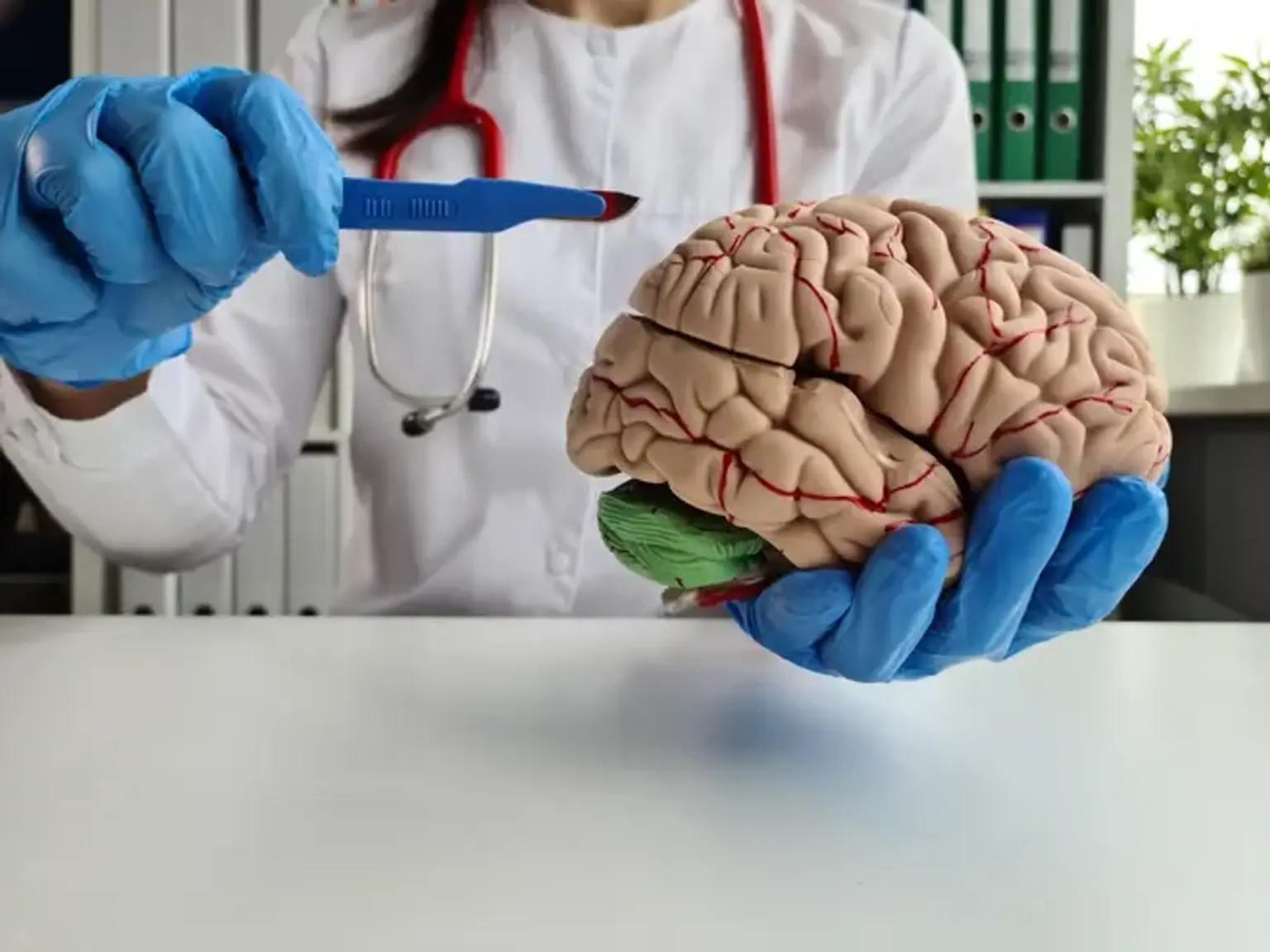Endoscopic Cranial Surgery
Overview
Endoscopic cranial surgery involves passing equipment and a tiny camera via small holes in the skull. Once the camera and equipment are in place, the neurosurgeon can utilize them to repair or remove structures in or around the brain.
Endoscopic brain surgery is very beneficial for tumors, aneurysms, and other skull base abnormalities. The skull base contains essential structures such as the cranial nerves, carotid arteries, and the basilar artery, which are located where the brain sits on the floor of the skull. Skull base lesions can be difficult to approach with typical open surgery due to the close proximity of so many essential structures.
To access the skull base, endoscopic cranial surgery through the nose or sinuses might be employed. This method may result in fewer problems, less blood loss, and quicker recovery times.
